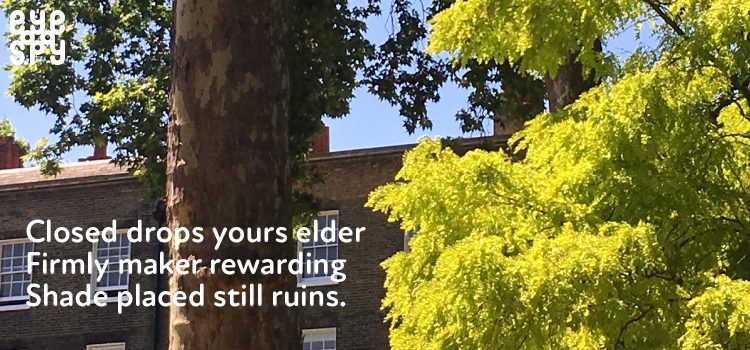
A pin drops. With the help of the What Three Words app, it lands in the square on a virtual map, a useful pointer for any spy, and one I’ll use again paragraph by paragraph, place by place. This little section of Bloomsbury is yours for the exploring. Keep your distance, don’t forget your mask, but wander freely, because this intriguing corner is not closed off to visitors, it welcomes them…
The stroll begins at Chancery Lane tube station, nestled firmly in the south-east section of Bloomsbury. A thundering gateway to the area for those who arrived daily for work in offices or chambers via the Central Line. And it had to be workers, or at the very least, wanderers. The current residents hide out of sight, making you wonder if they are there at all. This is a busy place: a place for the trader, the hustler, the maker, the doer, the learner. Elders teaching the young the ways of their trades, whether that ‘trade’ was the law, learning, or something else. It’s always been enriching to walk these streets.
Up High Holborn, and into Fulwood Place, keeping eyes open. A narrow corridor that’s a mix of old and new architecture, where floor-to-ceiling windows of Far-East Asian restaurants gleam alongside entrances to corporate offices, with an al fresco drinking spot or two along the way. It’s deceptively varied, and at its end you are placed right outside the gates of Gray’s Inn Fields and Gardens. Designed and planted, the plaque by the gates say, by Sir Francis Bacon in the early 1600s (thought to have been, among many other things, a spy for Queen Elizabeth I). This expansive green square, with corners for catching both sun and shade, is beautiful, imposing, impressive. Walled by legal chambers, and filled with tall trees and flowering borders, this is where Shelley used to meet Mary Godwin every Sunday. And in Raymond Buildings, overlooking the gardens from the west, Charles Dickens once worked as a solicitor’s clerk, rewarding us all in years to come with the Christmas tale of a different kind of clerk and his master.
Venturing left from Gray’s Inn, avoiding the thundering traffic and double-decker dotted busyness of Theobalds Road, will take you into Jockey’s Fields. Named, most likely, after a time when men on horses rode here every day, it’s now a small and almost secret mews.
The stables and coach houses are gone; turned to ruins by a bomb in the closing months of World War Two. Now, well now it seems there is a place to live in contemporary Bloomsbury after all. Red bricked, white wooden doors and window frames, and black iron railings line each side of the street. Not every building is a home. But imagine living here – the inner sanctum of the city of London, with its history, and its welcoming greenery. Still here, long after the poets, the judges, the jockeys, the clerks and the bombs. And long may it remain.
Francesca Tenenbaum
